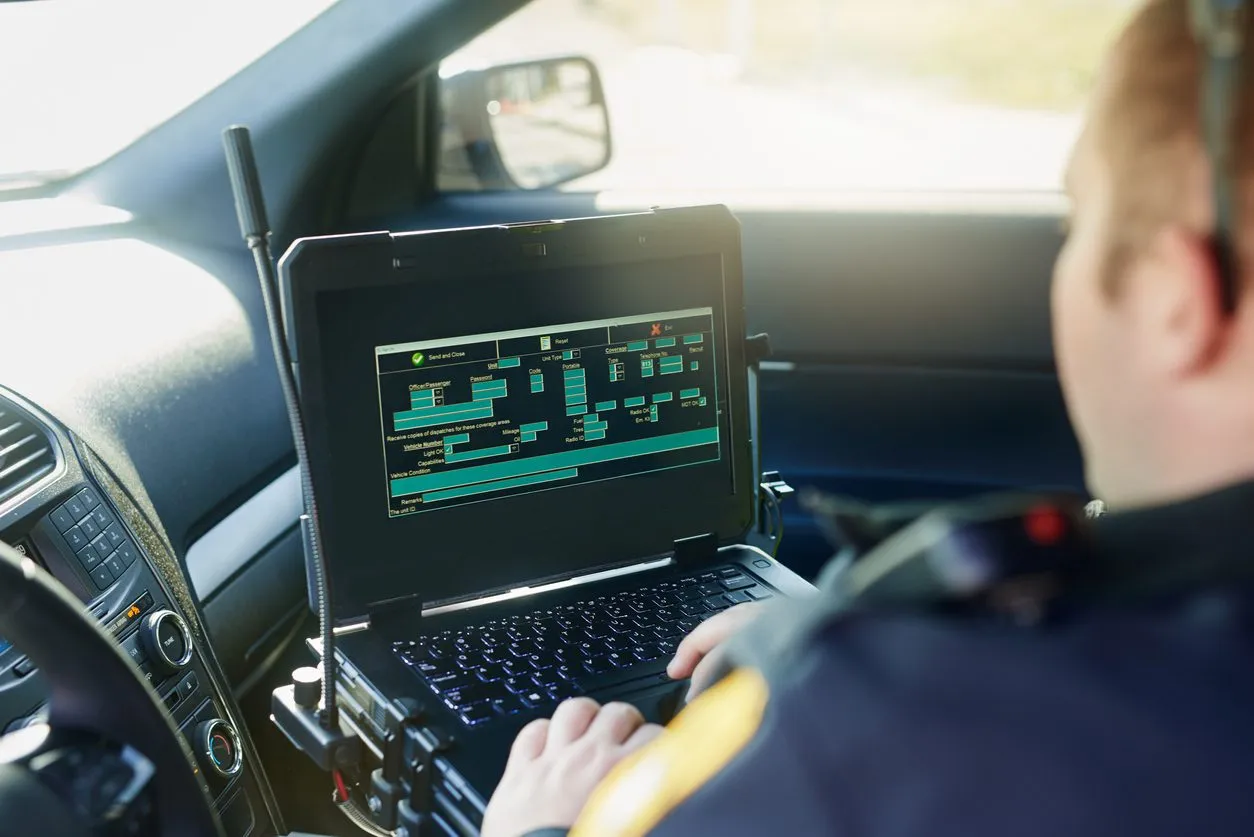To understand how a precision policing platform helps law enforcement prevent crime and enhance community trust, let’s first address the precision policing philosophy that is the foundation of our SafetySmart Platform.
Precision policing is a framework for structuring, managing, motivating, and leading a 21st century police force. It’s built upon the idea that to effectively reduce crime and maintain trust, police must use relentless data analysis and assessment, neighborhood engagement, and, whenever possible, non-enforcement interventions. In other words, police must use precision—not a heavy-handed policing approach. It’s a systematic approach to making Sir Robert Peel’s well-renowned policing principles a reality.
The New York City Police Department applied the precision policing framework in 2014 under Commissioner William J. Bratton. Under Bratton, the framework embodied two broad pillars: focused crime-and-social disorder prevention and neighborhood policing. Based on real-world learnings, that framework has continued to evolve and today, law enforcement agencies can take it a step further—Precision Policing 2.0 is reflected in four core pillars:
- Technology-enabled, evidence-based crime and social disorder prevention
- Community engagement and protection
- Transparency and accountability
- Officer performance, safety, and wellness
So, how do police departments actually go about implementing the 2.0 framework? It starts with an ideology shift from the more traditional 3 Rs of policing—random patrol, rapid response, and reactive investigations—to a precision policing shift focused on the 3 Ps—prevention, problem-solving, and partnerships. But to truly follow through with this ideology shift, agencies need the right tools and technology that embrace the 2.0 framework’s pillars.
SoundThinking’s SafetySmart Platform: 3 Key Tools
SoundThinking’s SafetySmart Platform is the first and only technology suite that embodies the key values of the 2.0 framework.
An integrated suite of data-driven tools for law enforcement, the SafetySmart Platform fully embraces the four core pillars listed above, giving police the technology they need to better respond to, investigate and deter crime—and better connect with the community as a whole.
Here’s how it works.
#1. Gunshot Detection
Over 80 percent of gunfire incidents are never reported. As a result, victims perish, evidence goes uncollected, perpetrators are emboldened, and it drives the perception among some community members that the police don’t care.
In reality, due to the significant under-reporting of gunfire, police don’t know about the incidents, so they can’t respond. That’s why a platform like SafetySmart, which addresses the gunshot detection problem, is critical to helping police disrupt the cycle of gun violence, get to victims faster, and find the evidence they need to get shooters off the streets.
This is because gunshot detection technology helps police not only respond to incidents but also enables systematic analysis of where the vast majority of shooting crimes occur. The Institute of Crime Science found that only 6 percent of people commit 50 percent of crime, and less than 1 percent of the population commits nearly all gun violence. A focused approach drives a large positive impact with a minimal amount of arrests.
With this data on hand, law enforcement can more effectively police criminals while serving and protecting communities.
#2. Investigative Case Management
In the midst of declining clearance rates, with more gunshot evidence available, police departments are able to make more and better cases. But with investigative resources often strained, that means they need a way to more effectively manage individual cases and case workload.
In an integrated precision policing platform, gunshot cases (and cases of all types like property crime, robbery, and others) can be centralized and managed from a digital investigative case folder.
With a purpose-built, modern investigative case builder, investigators can track, analyze, and collaborate on case details, empowering law enforcement agencies to solve crime more efficiently and effectively and create courtroom-ready cases to improve clearance rates.
This tool is a critical piece of the 2.0 framework as it supports law enforcement’s ability to address crime and protect the community while driving transparency, accountability, and collaboration through the entirety of the case’s progression. With real-time visibility and reporting, supervisors can manage investigator workload, track training requirements and detect training gaps to drive optimal performance.
#3. Patrol Management
Policing today may be more challenging than ever and a series of events over the last few years have eroded the police-community relationship. According to a 2020 Gallup poll citizen confidence in police hit a 25-year low. One key contributing factor has been the use of outdated tools and practices that lead to low-impact patrol plans and the unintentional over-policing and under-serving of some communities. It doesn’t have to be that way.
To overcome this, police need a patrol management solution that leverages objective data and machine learning to direct officers to locations with the highest areas of risk that are both crime and time-specific. Patrol management is different from traditional hot spot policing because it’s built on a foundation of protecting civil liberties and emphasizes a problem-solving and crime prevention approach, rather than enforcement. The solution uses the following approach to mitigate bias:
- Utilizes crime event data that is least susceptible to unintentional bias
- Incorporates publicly available sources of data, excluding personal data
- Maximizes the reduction of harm with intelligent patrol metering and controls
- Enables officer oversight and accountability with shift and tactic reports
- Promotes transparency into how it works and what data it uses
This directly supports the 2.0 framework, helping police prevent crime, make a positive impact on their community, and promote transparency, accountability, and officer performance.
Conclusion
Gun violence, low clearance rates, and outdated patrol tactics are three key issues that are making it more difficult for police to effectively fight crime and strengthen community relationships. With tools directly targeting each issue, integrated into one seamless platform, police can now better address these issues and restore community trust.
As more police organizations turn to precision policing technology and embrace the 2.0 framework, the future of reducing crime and improving police-community relations looks bright.





